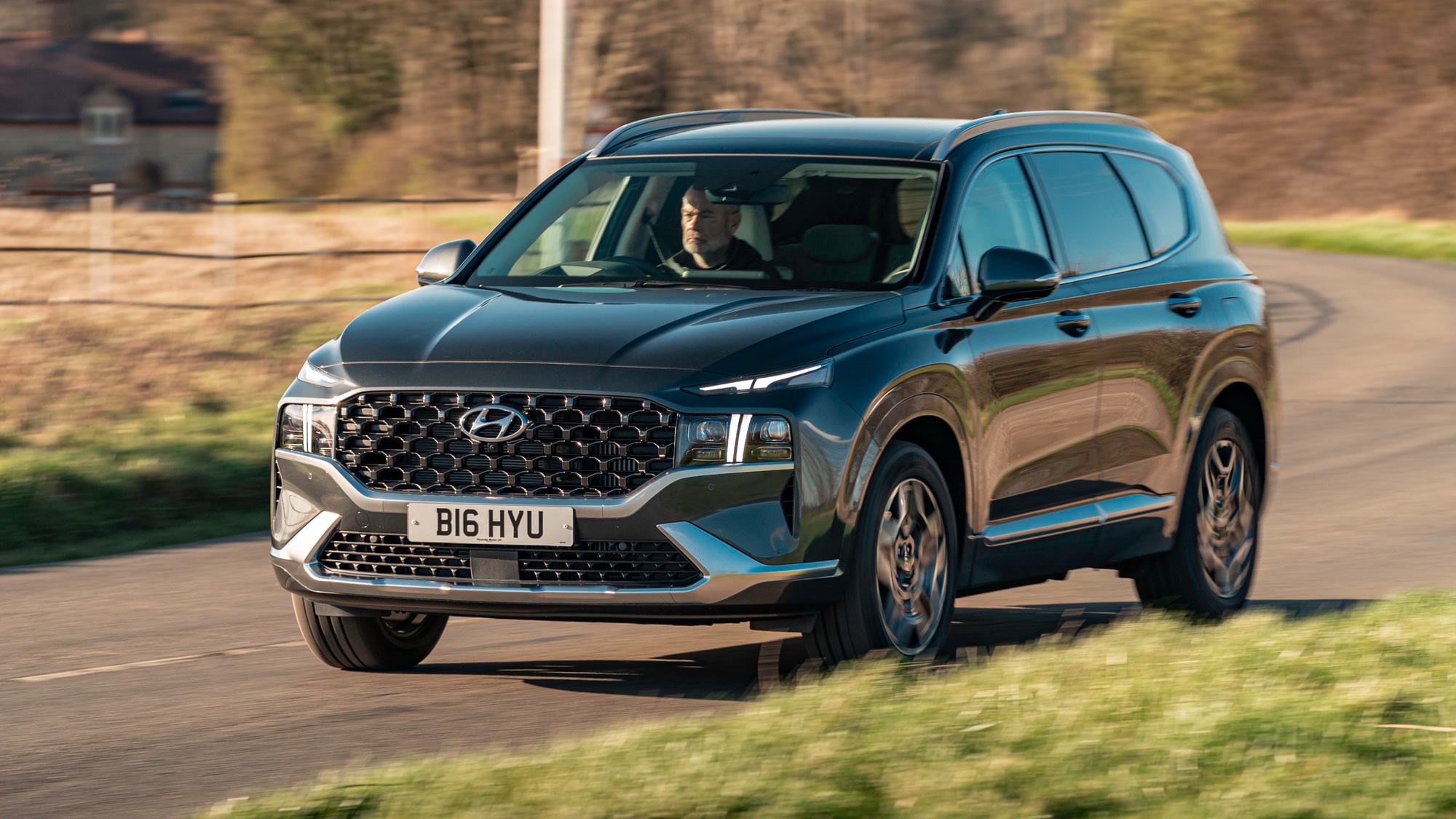Introduction
Autonomous vehicles are on the road, and they’re only getting better. In this article, we’ll take a look at how technology helps self-driving cars see their surroundings, understand them, and drive themselves. We’ll also explore how quickly this technology is developing—and what might be next for autonomous vehicles in general.
How Technology Helps Autonomous Vehicles See
Autonomous vehicles use a combination of cameras, lidar and radar to see what’s in front of them. Cameras are used to detect traffic lights and other road signs, as well as pedestrians or cyclists. Lidar is used for 360-degree vision around an autonomous vehicle so that it can detect any obstacles or hazards nearby. Radar technology helps with long-range detection by bouncing radio waves off objects ahead of the car and measuring how long it takes them to bounce back so that they know how far away those objects are from them
How Technology Helps Autonomous Vehicles Understand Their Surroundings
The technology that helps autonomous vehicles understand their surroundings is called sensor fusion. It involves combining data from several sensors, such as LIDAR and radar, to create a more accurate picture of the world around the car.
- LIDAR (Light Detection And Ranging) uses laser beams to measure how far away objects are from you by measuring how long it takes for the light beam to bounce back. This technology can be used in self-driving cars because it’s accurate enough to detect small movements like when someone steps off a curb or waves at you while crossing in front of your vehicle on foot!
- Radar sends out radio waves that bounce off objects and return with information about their size and distance away from where they were sent out from; this makes radar great at detecting objects but not so good at telling them apart like an image captured by camera would do so they need another sensor working alongside them such as…
Camera: Cameras capture images using digital cameras which contain millions upon millions pixels per second – so many that even if we tried counting them all up there wouldn’t be enough time before our brains melted into goo due lack resources needed compute figure out what number we’d come up with anyway!
How Technology Helps Autonomous Vehicles Drive
- How the Driverless Car Sees
The driverless car’s vision system is made up of cameras and sensors that capture images and create a “map” of its surroundings. The map helps the car understand where it is in relation to other vehicles, pedestrians, traffic lights and other objects in its path.
- How the Driverless Car Understands Its Surroundings
The onboard computer uses artificial intelligence (AI) algorithms to interpret this data so it can make appropriate driving decisions based on what it sees around itself at any given moment. AI systems can process large amounts of information very quickly–in fact, they’re much faster than human drivers!
The technology in autonomous vehicles is still in its early stages, but it’s exciting to see how rapidly it’s developing.
Autonomous vehicles are still in their early stages, but they’re exciting to see how rapidly the technology is developing.
The most important piece of this puzzle is the sensors that allow autonomous vehicles to see, understand their surroundings and drive themselves. Lidar (light detection and ranging) uses light pulses reflected off objects around a vehicle to create a 3D map of its surroundings at up to 250 meters (820 feet) away from the car or truck. Radar measures distance by detecting radio waves bouncing off objects in front of it – like other cars on the road – which then allows those vehicles’ speeds and distances from one another to be calculated using Doppler radar signals.
Conclusion
The technology in autonomous vehicles is still in its early stages, but it’s exciting to see how rapidly it’s developing. We look forward to seeing what comes next!



More Stories
Introducing Safe Autonomous Vehicles
This Guide Helps You Create Powerful Pieces About Technology Autonomous Vehicles
Autonomous Vehicles Will Be Cheaper To Own Than A Car